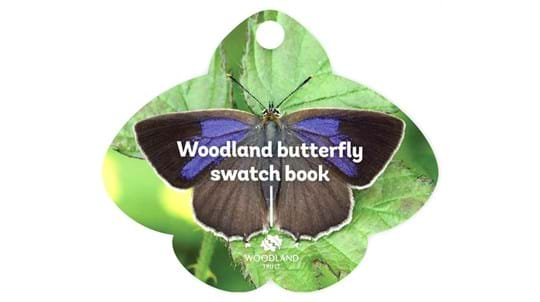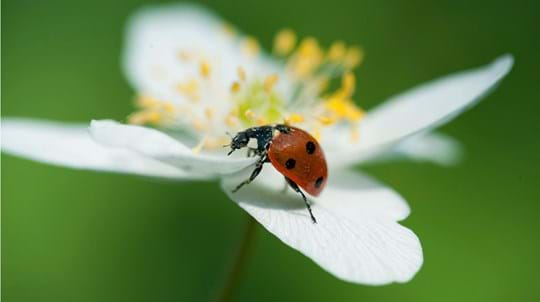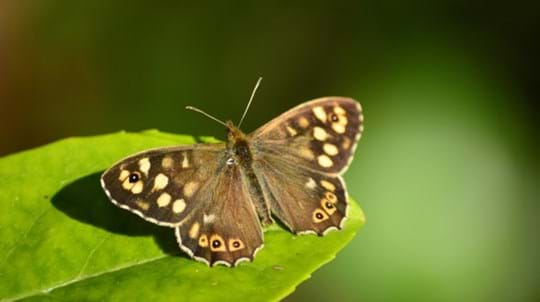
Credit: Andrew Ashworth / WTML
What do brimstone butterflies eat?
Adults: feed on nectar. A long proboscis (sucking mouthpart) enables them to take nectar from flowers, such as teasel, that are beyond the reach of many other butterflies. They prefer to drink from purple flowers, and bluebells are an important early nectar source.
Caterpillars: feed on the leaves of buckthorn and alder buckthorn.









